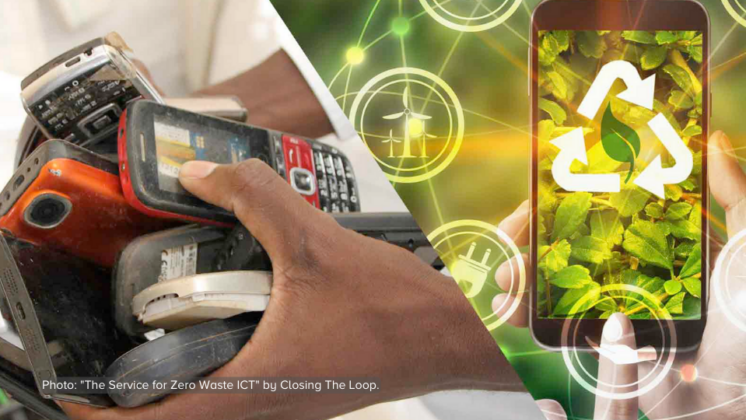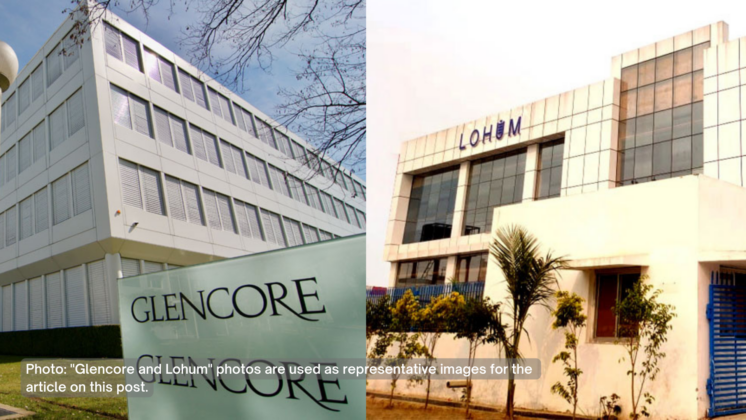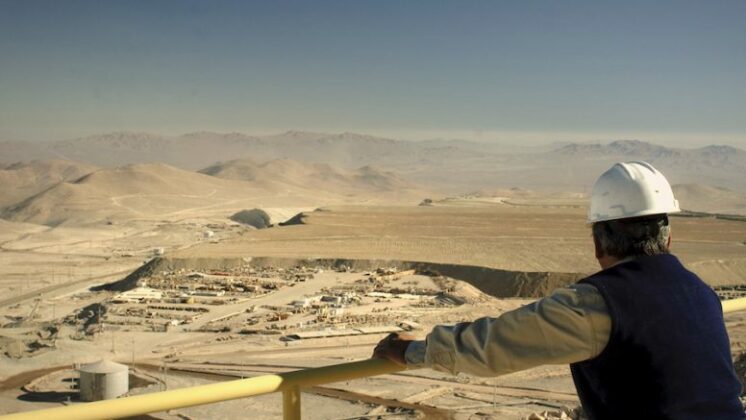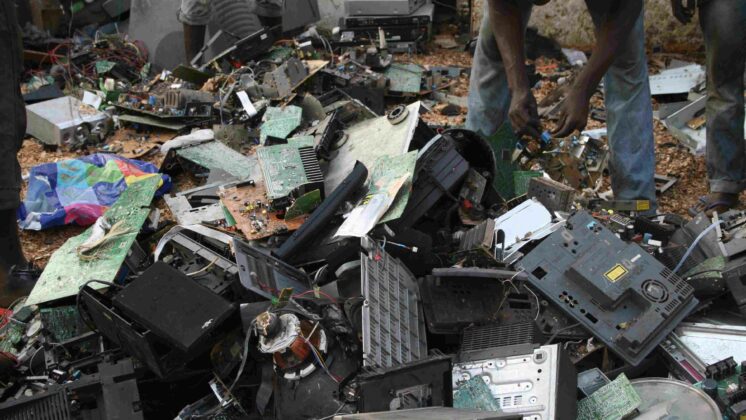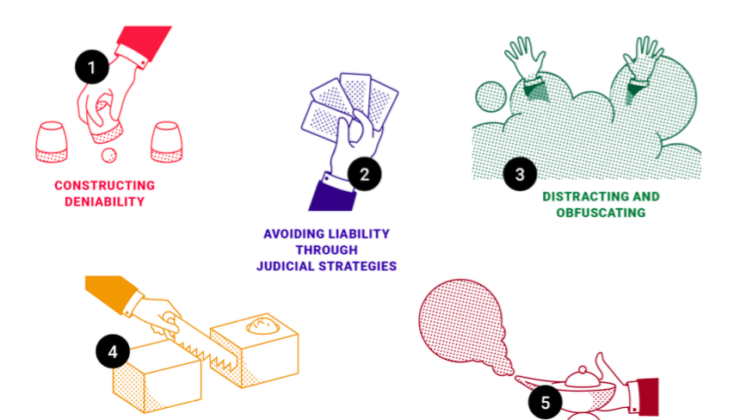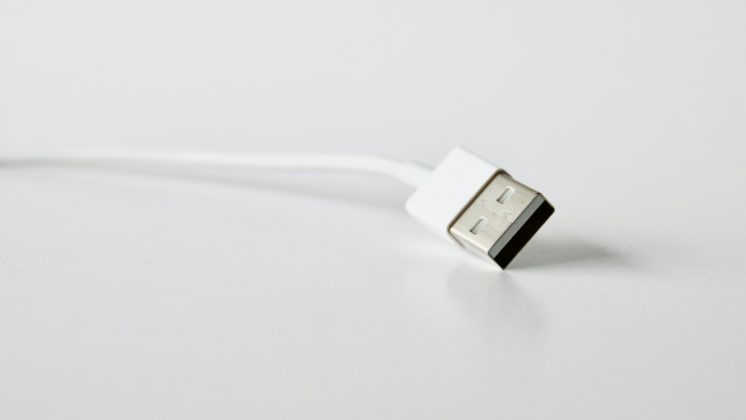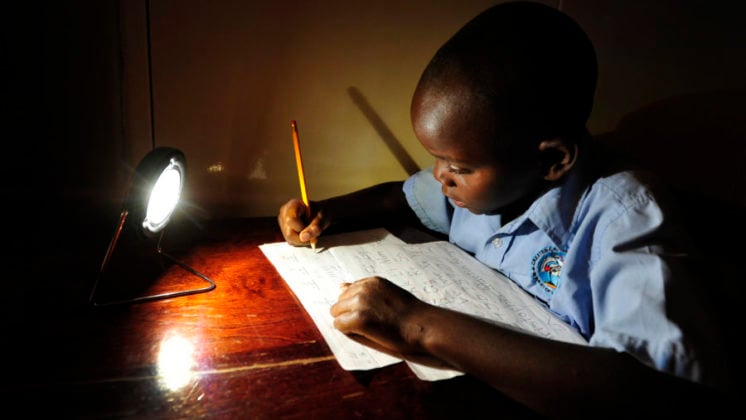29 April 2010, SOMO organised a conference on the renewal of the European directive on electronic waste (e-waste). In June 2009 the European Parliament will vote on amendments to this renewal. E-waste is a growing problem for the environment and people in developing countries. With a shift in recycling and production of consumer electronics, the e-waste problem can be addressed.
In Europe, the quantity of e-waste is growing by three to five percent per year, almost three times as fast as the total waste flow . Despite the European Waste Electric and Electronic Equipment (WEEE) directive, which is intended to stimulate the collection and responsible processing of this waste, most discarded electrical and electronic equipment is not collected or recycled. A proportion of discarded European equipment is exported to developing countries as second-hand goods, where it will be dumped as waste sooner or later. There are also still illegal waste shipments from Europe to countries such as Ghana, Nigeria and China. These countries do not have the capacity to recycle e-waste responsibly and fully. This results in the loss of costly metals. But that is not the only problem. A lot of electronic equipment contains toxic materials which become hazardous to humans and the environment at the moment it’s dumped as waste or it’s poorly processed.
The complexity of the e-waste problem demands a multifaceted approach. The increase of collection, reuse and recycling of discarded electronics is an important element in the solution to the e-waste problem. When old electronic equipment, such as mobile telephones and laptops, is collected separately, most of the metals can be recycled and reused.
The current revision of the European WEEE directive offers important opportunities for tackling the problem. In this context, SOMO’s E-waste Policy Paper offers specific policy options and recommendations for the public sector, businesses and social groups for stimulating the collection, reuse and recycling of e-waste. The issue has been placed on the agenda of e-waste sending and receiving countries alike, and several initiatives are being developed to combat these (illegal) e-waste transports. For instance, after conducting research on electronic waste exports in 2004, the inspection of the Dutch Ministry of the Environment performed several rule enforcement activities which had demonstrably diminished the unregistered trade in e-waste, reducing the risk of illegal export of e-waste from the Netherlands by 2006. Furthermore, the WEEE directive – the European directive aimed at responsible recycling of electronic waste – is currently being reviewed in order to tackle the continued ‘leakage’ of e-waste to developing countries.


